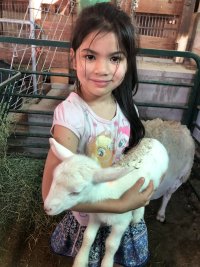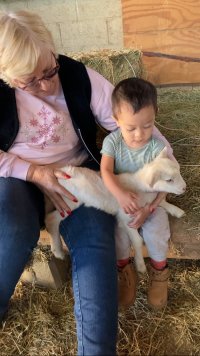Ilovemychicks08
Ridin' The Range
- Joined
- Jun 17, 2022
- Messages
- 25
- Reaction score
- 39
- Points
- 66
Sorry if i posted this in the wrong spot. We will be moving within the next 1-2 years, and when we move we will be buying land to raise animals on and live on. I have chickens and a dog right now what other animals can i get. Some info that would help is there are lots of coyotes where we will move to. I have looked into goats and would possibly get some, but i dont want sheep because of the wool. I have also looked into cows, but dont want dairy cows. What breeds would you reccomend for goats and cows or other animals?

 )
) ) How much $$$ do you have to invest in the fencing shelters, water, etc.? Don't post the answer here, but you need to be honest with yourselves in answering it. When you estimate the cost, double it.
) How much $$$ do you have to invest in the fencing shelters, water, etc.? Don't post the answer here, but you need to be honest with yourselves in answering it. When you estimate the cost, double it. 

 Our favorite milk to drink out of all the breeds (we had all of them at one time or another) was Nubian and La Mancha. Whichever breed you decide to get, buy a doe in milk, try miking her and taste the milk before you buy her. Some goats are easier to milk and some, no matter the breed, have nasty tasting milk. Be sure to see the registration papers, ask for CAE testing, and milk records. A dairy animal will give a lot of milk the first couple of months after giving birth but without milk records there is no guarantee that the animal will continue a long lactation.
Our favorite milk to drink out of all the breeds (we had all of them at one time or another) was Nubian and La Mancha. Whichever breed you decide to get, buy a doe in milk, try miking her and taste the milk before you buy her. Some goats are easier to milk and some, no matter the breed, have nasty tasting milk. Be sure to see the registration papers, ask for CAE testing, and milk records. A dairy animal will give a lot of milk the first couple of months after giving birth but without milk records there is no guarantee that the animal will continue a long lactation. 

